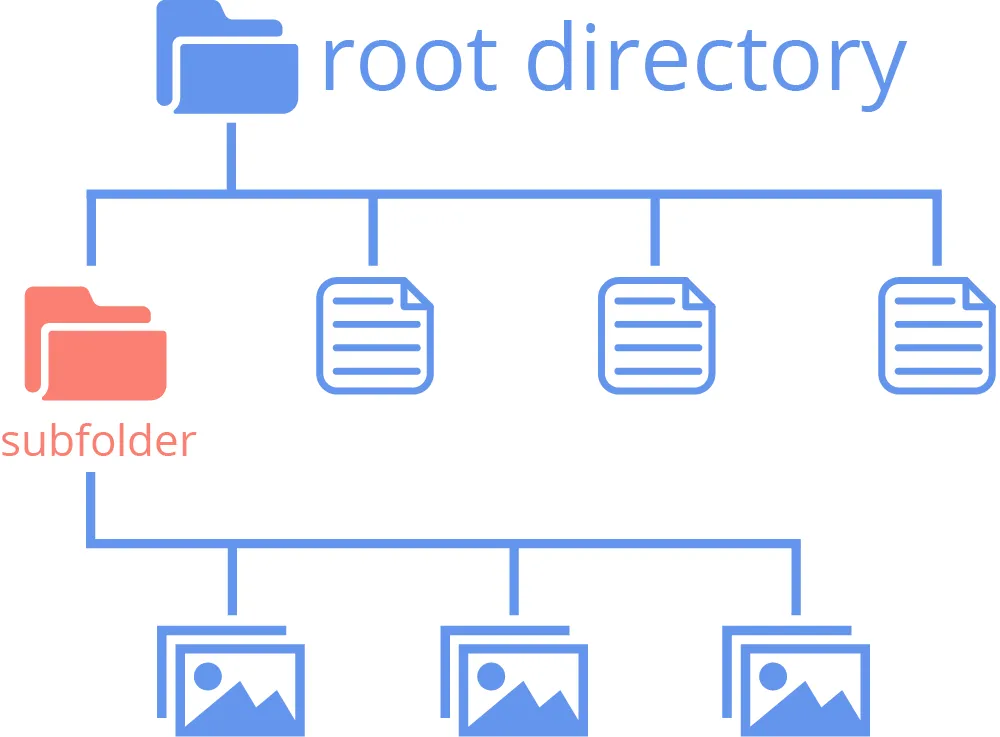
Organizing code files and classes in a way that makes sense for the project at hand can be a daunting task for developers. One popular method for structuring code is to group files and classes by feature, rather than by type.
When grouping code by feature, all of the files and classes related to a specific feature of the project are placed in the same folder. For example, all code related to user authentication would be placed in an “Authentication” folder, while code related to image uploads would be placed in an “Uploads” folder. This allows developers to quickly and easily locate the code they need to work on, as well as understand the overall structure of the project.
On the other hand, grouping code by type, such as placing all model classes in one folder, all views in another, and all controllers in yet another, can make it more difficult to find the code related to a specific feature. This is because the code for a feature may be spread across multiple folders, making it harder to understand the overall structure of the project.
Additionally, when grouping code by feature, it is more likely that the code will be cohesive and highly dependent on one another, promoting better code reusability, maintainability and scalability. This way, it is easier to understand the interrelated aspects of the feature, and how it all works together.
Another advantage of grouping code by feature is that it allows for easy separation of concerns. For instance, if a feature is to be removed or replaced, it would be as simple as removing the corresponding folder. This way, it is easier to isolate and manage the changes that are being made to the project.
In conclusion, grouping code files and classes by feature is a more effective way to organize code, as it allows for easy navigation, better code reusability, maintainability and scalability, and a clear separation of concerns. This approach makes it easier for developers to understand the overall structure of the project, and quickly locate the code they need to work on.